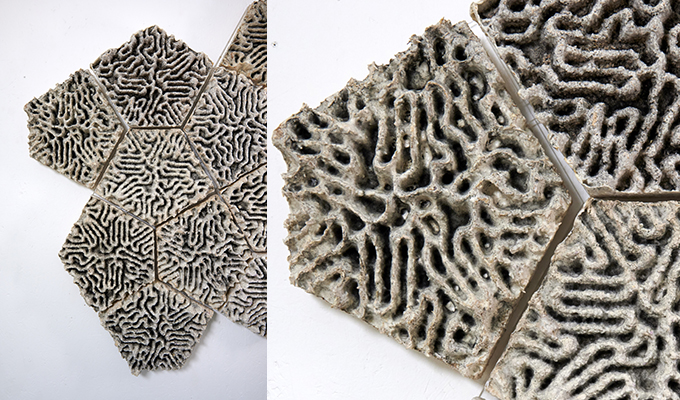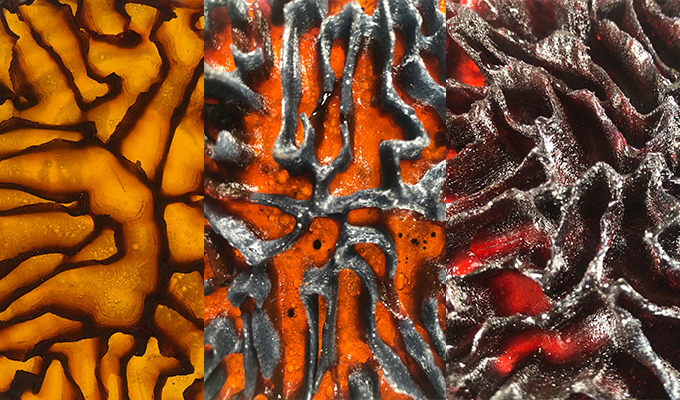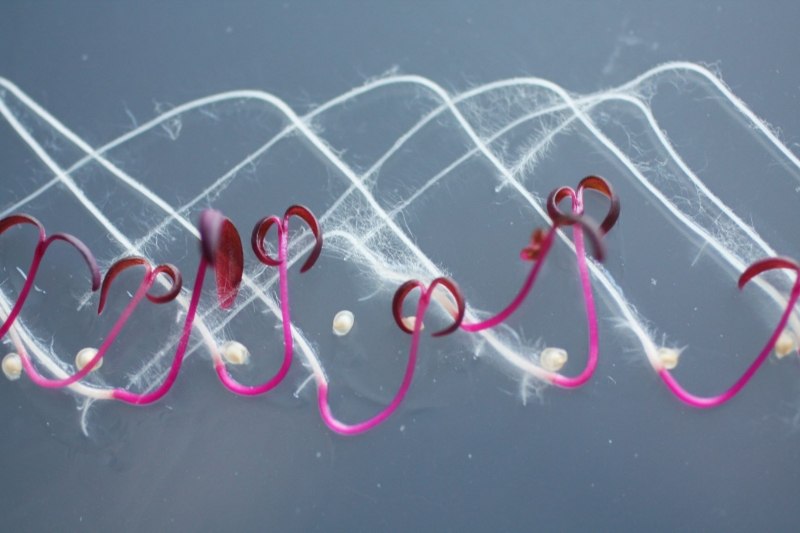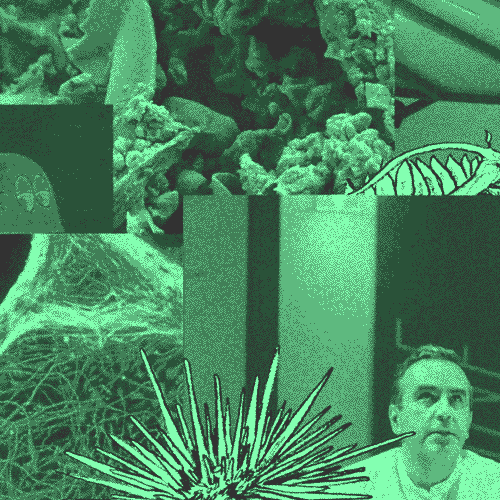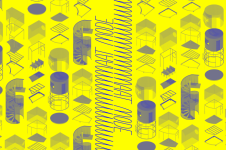Living Systems Lab
Digital exhibition by Central Saint Martins – UAL
Works by Carole Collet, Heather Barnett, Nancy Diniz, Rob Kesseler and Alice Taylor
What can we learn from collaborating with biological organisms as artists and designers? How do we integrate living systems in architecture? How do we adopt complex ecological principles within a creative process? How do biological and technological systems interact and intersect?
Living Systems Lab research group, Central Saint Martins – University of the Arts London

Living Systems Lab is a research group at Central Saint Martins – University of the Arts London dedicated to exploring the inherent properties of living systems to develop new knowledge in the field of ecology via creative practices in art, design, and architecture. The lab is structured in two strands: the (design) & Living Systems Lab explores bio-informed design research as a disruptive driver for sustainable innovation and regenerative design; the (art) & Living Systems Lab conducts artistic research exploring the interrelationships within complex ecologies and networked systems.
The Living Systems Lab Symposium by Central Saint Martins – University of the Arts London, in collaboration with maat, introduces research projects which exist at the intersection of art, design, architecture, and biology by Carole Collet, Heather Barnett, Nancy Diniz, Alice Taylor and Rob Kesseler.
Carole Collet: Biotextiles
I aspire to a holistic nature-positive future where design activities contribute to sustain and regenerate our biodiversity. As such, my research is driven by living systems thinking and nature-inspired processes. I work across curiosity-driven research projects (see Geotropic Textiles), textile and biomaterial prototyping (see Mycelium Textiles) and speculative design (see Biolace). I also produce curatorial research for exhibitions and conferences as a means to frame, critique and stimulate the emerging biodesign discourse.
Having established a framework for designing with living systems, I explore three main design strategies through my work: nature as a model (biomimicry principles), nature as a co-worker (horticulture, permaculture and biology protocols), and nature as a reprogrammable system (bioengineering and synthetic biology principles). The integration of biofabrication tools in the design process allows me to navigate the hand-made, the man-made and what I call the “grow-made”. I appropriate a wide range of techniques, such as photography, textile and craft techniques, horticulture, biology and plant tissue-engineering to generate textile design propositions for a post-petrol economy.
|
Carole Collet is Professor in Design for Sustainable Futures at Central Saint Martins – UAL, where she is director of @maisonzero, the CSM LVMH Sustainable Innovation Programme and also director of the @designandlivingsystems Lab. She has pioneered the integration of sustainability into the curriculum at Central Saint Martins by creating new courses such as the MA in Textile Futures in 2001 (now Material Futures) and the first MA in Biodesign in 2019. Her research includes biomaterial prototyping, as well as exhibition and conference curation and publication. Her work has been featured in international exhibitions, including at the V&A and the Centre Pompidou. As a keynote speaker she regularly contributes to conferences on the subject matters of biodesign, material futures and sustainable fashion.
|
|

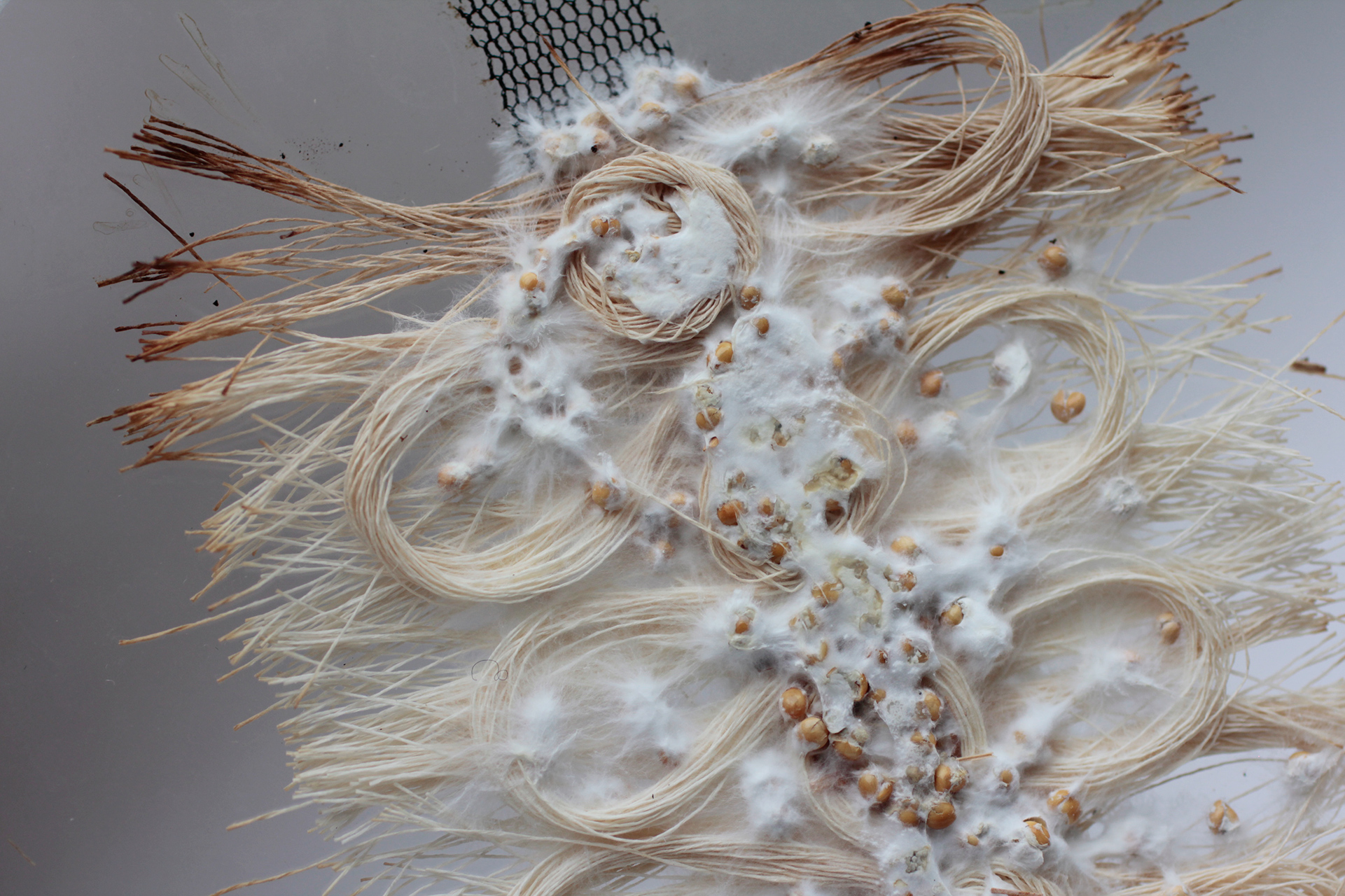
|
|
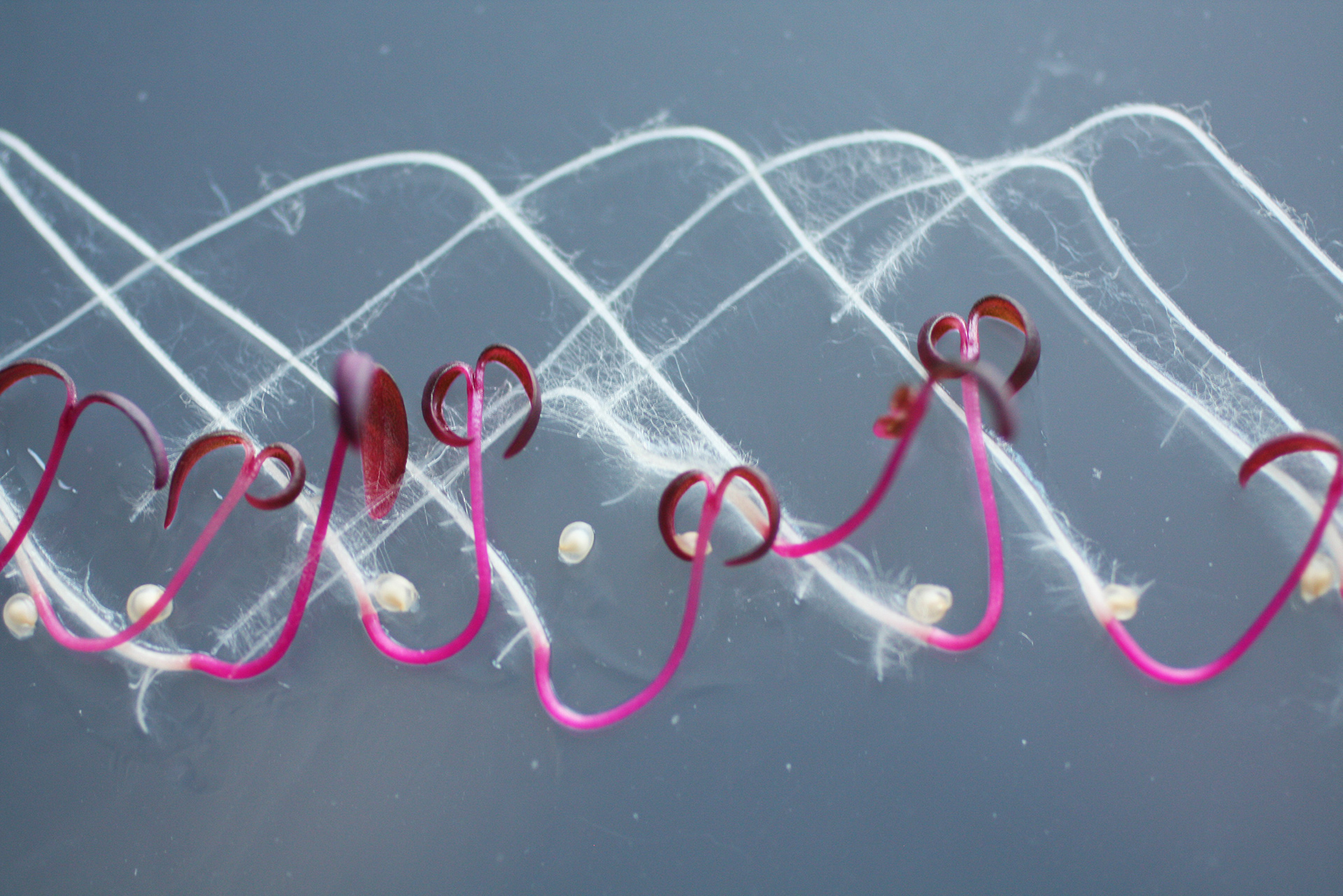 |
Heather Barnett
My artistic research engages with natural phenomena, complex systems and biological organisms, using diverse methods including printmaking and photography, animation and video, installation and participatory experimentation. Working with living materials and imaging technologies, my work explores how we observe, influence and understand the networks and ecologies around us. I am interested in the underlying principles of emergence within natural and social systems and in making visible that which cannot easily be seen.
Recent work centres around nonhuman intelligence, collective behaviour and distributed knowledge systems. I have an ongoing “collaboration” with slime mould – a single celled organism with primitive intelligence and problem-solving capabilities. The Physarum Experiments is a multi-facetted series of collaborations and experiments connecting social, biological and technological readings of collective behaviour. I am the founding member of the research network slimoco (The Slime Mould Collective) and speak internationally on the art and science of slime moulds. My work with living systems also involves co-creating with ant colonies and groups of humans. Other projects include The Realm immersive interactive experience; interdisciplinary Animal Collectives research with the SHOAL Group at Swansea University, where I am an Honorary Research Fellow; and a series of urban biosocial experiments including Nodes and Networks and Crowd Control.
|
Heather Barnett is an artist, researcher and educator who works with natural phenomena and complex systems. Employing live organisms, imaging technologies and playful pedagogies, her work explores how we observe, influence and understand the world around us. Recent work includes The Physarum Experiments, an ongoing interaction with an intelligent slime mould, and Animal Collectives, a collaborative research project with the SHOAL Group at Swansea University. She is pathway leader for the MA course in Art and Science and also chairs London LASER, a regular talk series exploring art and science.
|
|
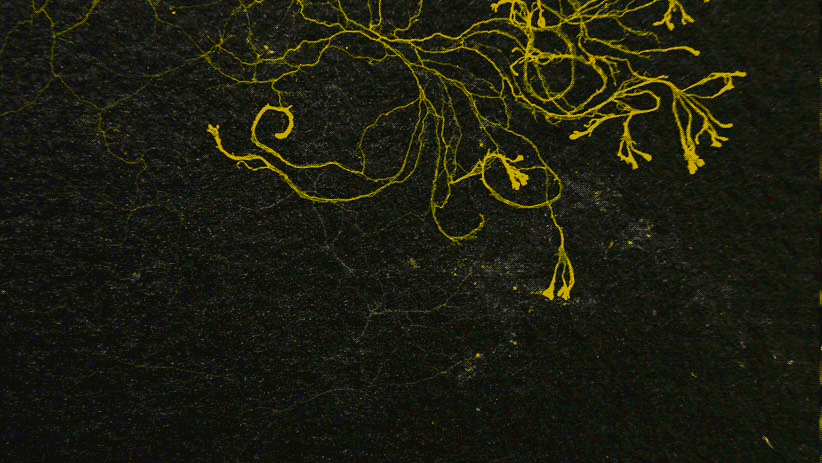 |
|
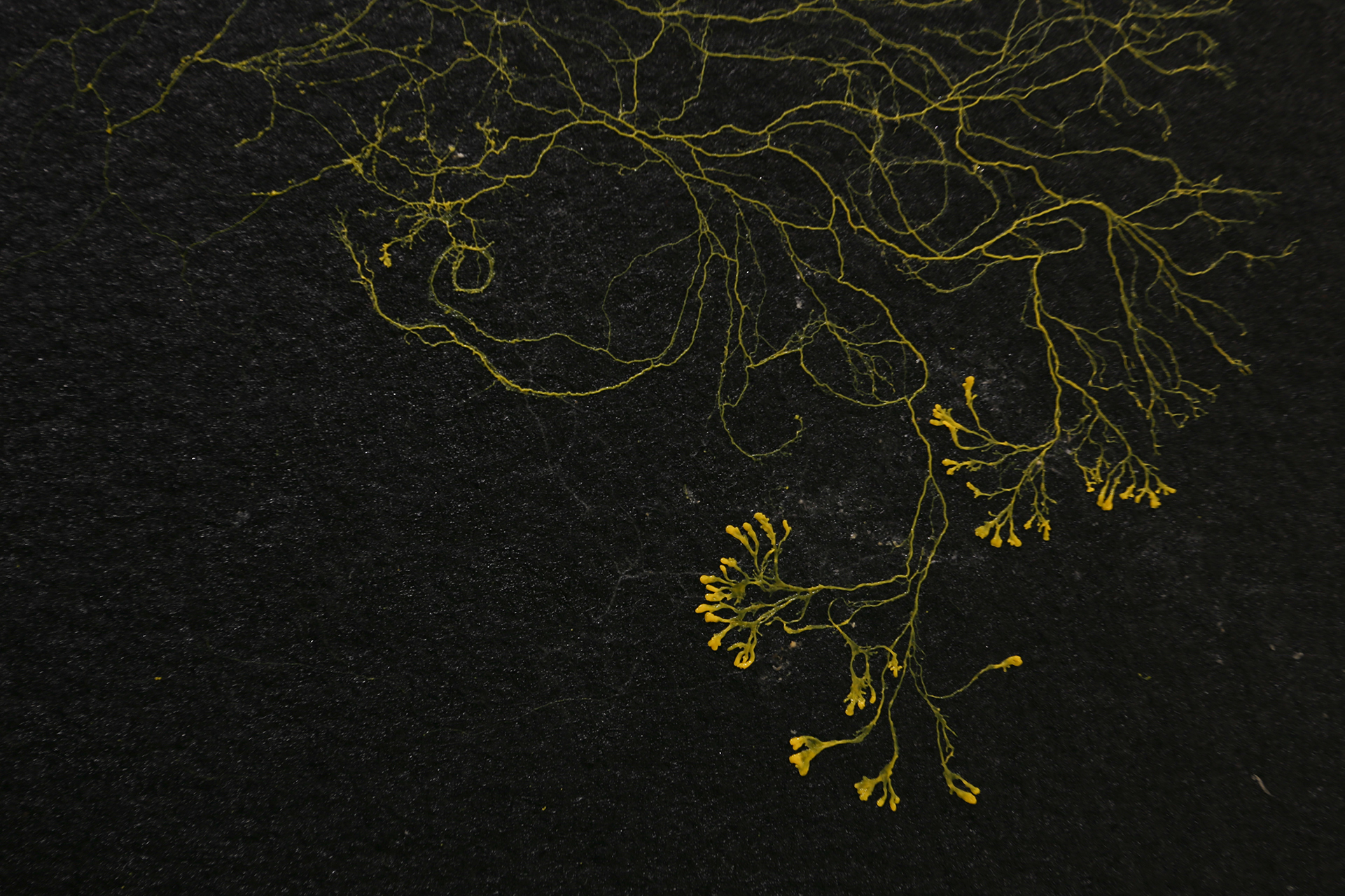
|
“The Physarum Experiments, Study No.022: Starvation Behaviours”, film stills. © Heather Barnett.
|
 |
Nancy Diniz
My research and practice involve computational design, biomaterials, bio and digital fabrication, virtual reality, and data visualisation.
At bioMATTERS, that I co-founded, we merge computational design with living systems growth. We employ digital techniques to visualise and simulate biological systems and biological datasets. We have been making a series of modular systems and objects using digital additive manufacturing methods by using proprietary waste bio substrates inoculated with living systems with the aim of achieving enhanced material properties and speculation on semi-living materialities.
|
Nancy Diniz, course leader for the MA course in Biodesign at Central Saint Martins – UAL, is a registered architect and co-founder of bioMATTERS LLC based in New York City. Her work has been exhibited internationally at various venues, including Lisbon Architecture Triennale, London Design Festival, Istanbul Design Biennale, EYEBEAM, The Today Art Museum, GAA Foundation and Venice Biennale. She has received numerous grants and fellowships, namely from the 2016 New York State Council on the Arts, MacDowell Colony, EYEBEAM, Seoul Art Space Geumcheon, Korea and The Foundation for Science and Technology, Portugal. She is co-editor of the book Data, Matter, Design: Strategies in Computational Design, Routledge, 2020.
|
|
 |
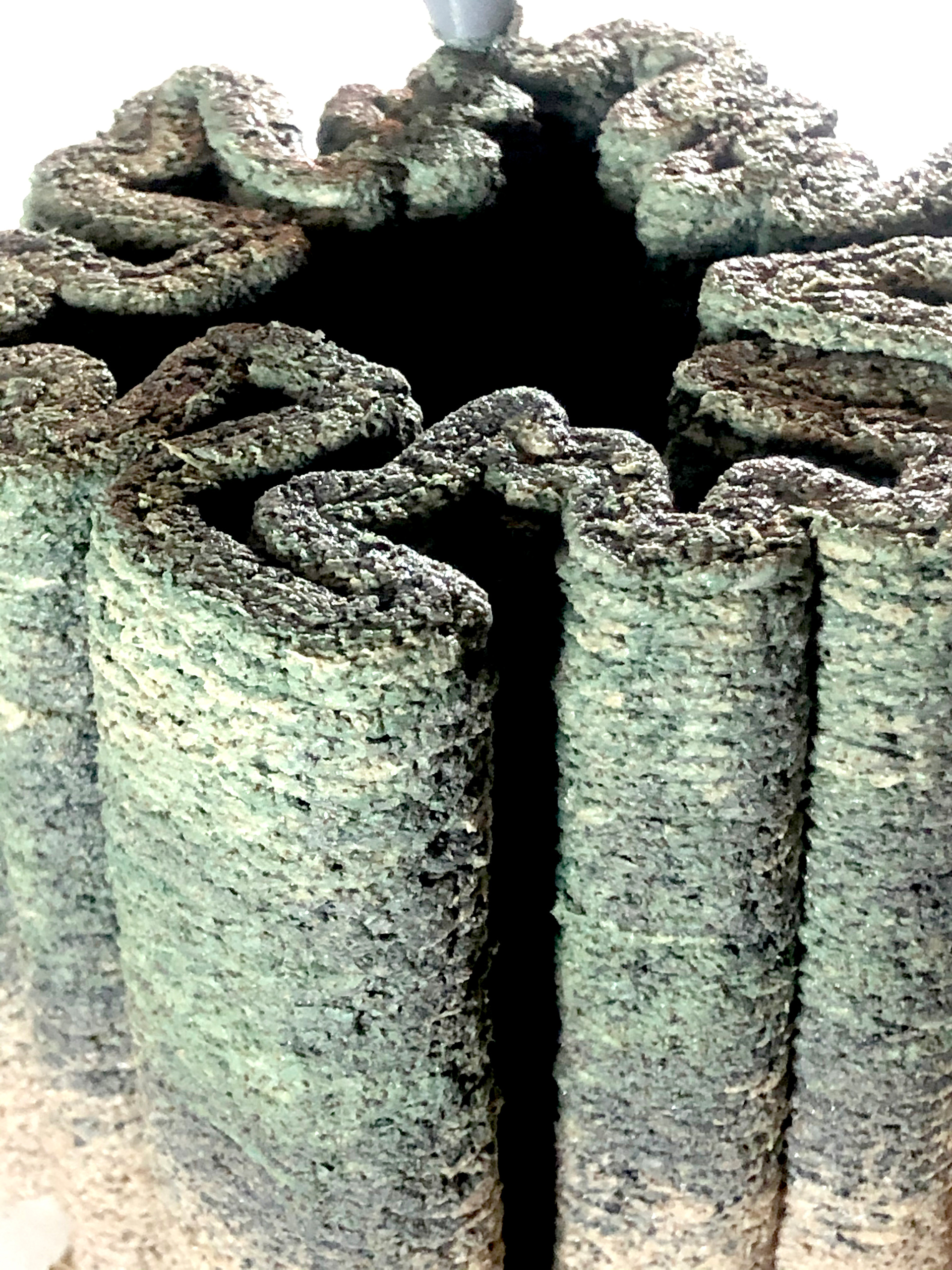 |
|
|
|
Rob Kesseler: Meta Microscopy
Art and Science are a process and a product, a morphogenetic synthesis of two expansive cultures and a way of examining the world through a series of filters. These filters are applied through controlled experiment to observe and record pattern and difference, and the results are processed and translated into various forms for reference and dispersal.
My images are painstakingly crafted plant portraits created using scanning electron microscopy and a variety of microscopic, scientific, digital and manual processes, to reveal the full splendour and character of the form, in which colour becomes the agent with which to capture the attention of the viewer and capture new audiences. My use of colour is not, however, arbitrary. Just as plants employ colour-coded messages to attract an audience of insect collaborators, and scientists do the same when staining specimens to reveal a specific characteristic, through artistic intervention and interpretation I use colour to create images that draw the viewer in with a disquieting sense of familiarity and wonder at something so small.
More recently I have been using Energy-dispersive X-ray Spectroscopy to measure and identify all elements on the surface of leaves. The technology reveals polluting substances such as magnesium, cobalt, sodium or sulphur on the surface of the specimen.
|
Rob Kesseler is a visual artist and Emeritus Professor of Arts, Design & Science at Central Saint Martins – UAL. Working at the interface between art and science, he collaborates with molecular biologists and botanical scientists to explore the living world at a microscopic level. His images are translated to a wide range of contexts and media and shared through exhibitions and an award-winning book series. Kesseler’s work reveals a hidden world beyond the scope of the human eye, somewhere between science and symbolism, in which the many complexities of representing plants are concentrated into mesmeric visual images.
|
|

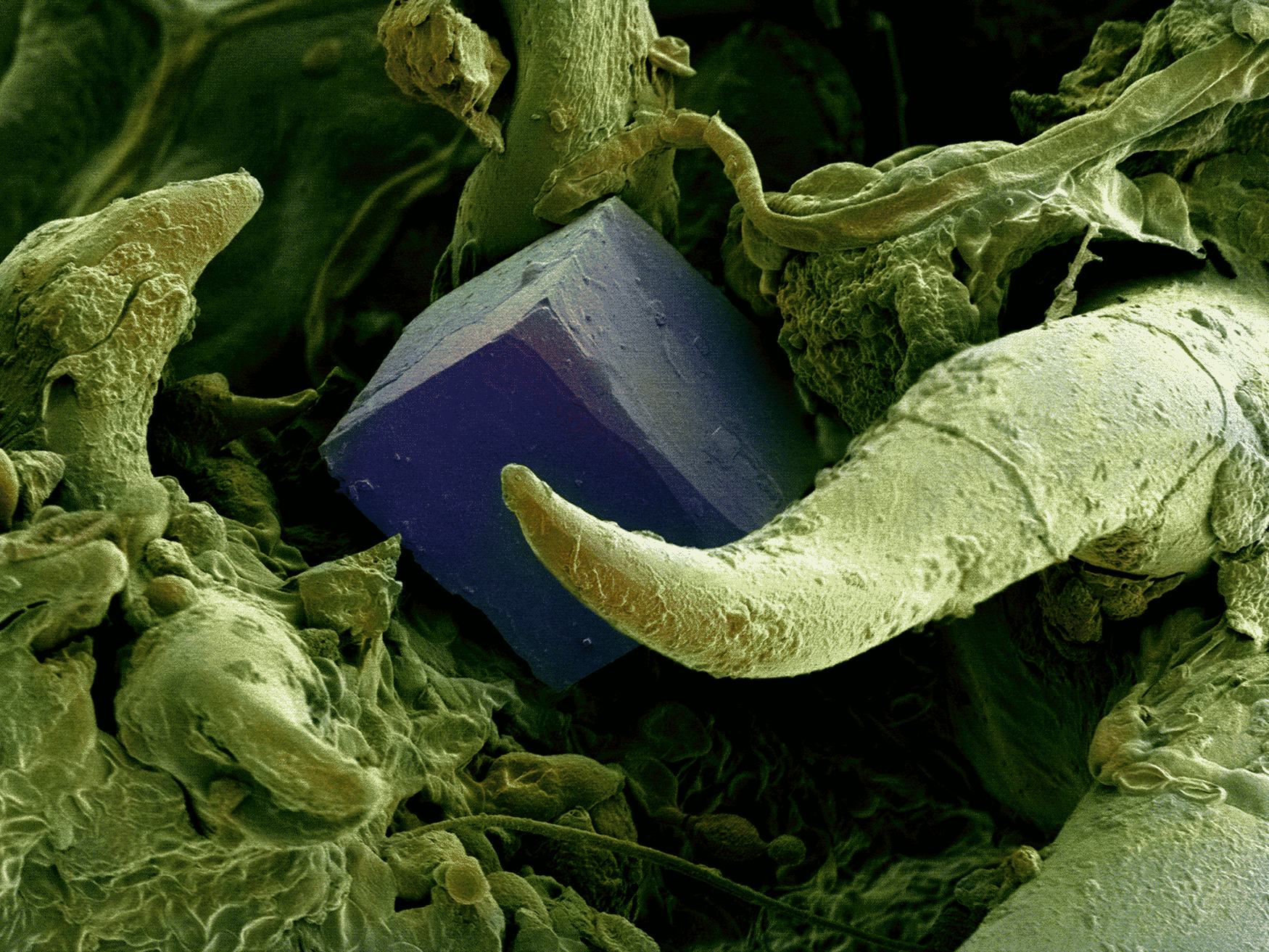
Alice Taylor
Bioengineering is a multidisciplinary topic at the forefront of technological research. It is understood as the application of engineering principles which facilitate the increase in understanding, modification or control of living systems. Working in the Diamond Electronics Group, UCL and Mathematics, Mechanics and Materials Unit, OIST, the focus of my research has been investigating the integrating semi-conductive diamond devices with human Neural Stem Cells.
The recent rise in life expectancy has led to an increase in the number of cases of neurological diseases, such as Alzheimer’s, Parkinson’s and macular degeneration. Traditional therapeutic approaches are ineffective, as regeneration in the Central Nervous System (CNS) is limited. Neural prosthetics and stem cell therapy present exciting solutions for enabling the function of the brain to be restored. Implanted materials for neuronal prosthetics must have outstanding electrical properties whilst being inert and biocompatible. Diamond is not just a striking and highly desired gem; it is an engineering material masterpiece and possesses properties which make it ideal for brain implant applications. The use of fluorescence immunocytochemistry techniques has enabled me to understand the stem cell differentiation mechanism on a range of diamond surfaces. Additionally, cutting-edge technologies allowed me to develop a mechanism to 3D print diamond for the first time.
|
Alice Taylor is a lecturer in Biology and Living Systems for the MA course in Biodesign at Central Saint Martins – UAL. As an interdisciplinary bioengineer, her research has focused on investigating the use of diamond as a biomaterial for brain implants. She holds a degree in Chemistry from the University of Bristol and a PhD in Bioengineering from University College London. In 2017, she was awarded a JSPS Fellowship to conduct research at the Okinawa Institute of Science and Technology, Japan, where she was the first researcher in the world to successfully 3D print diamond composite. Her current interests lie at the intersection of biology, engineering and design. |
|

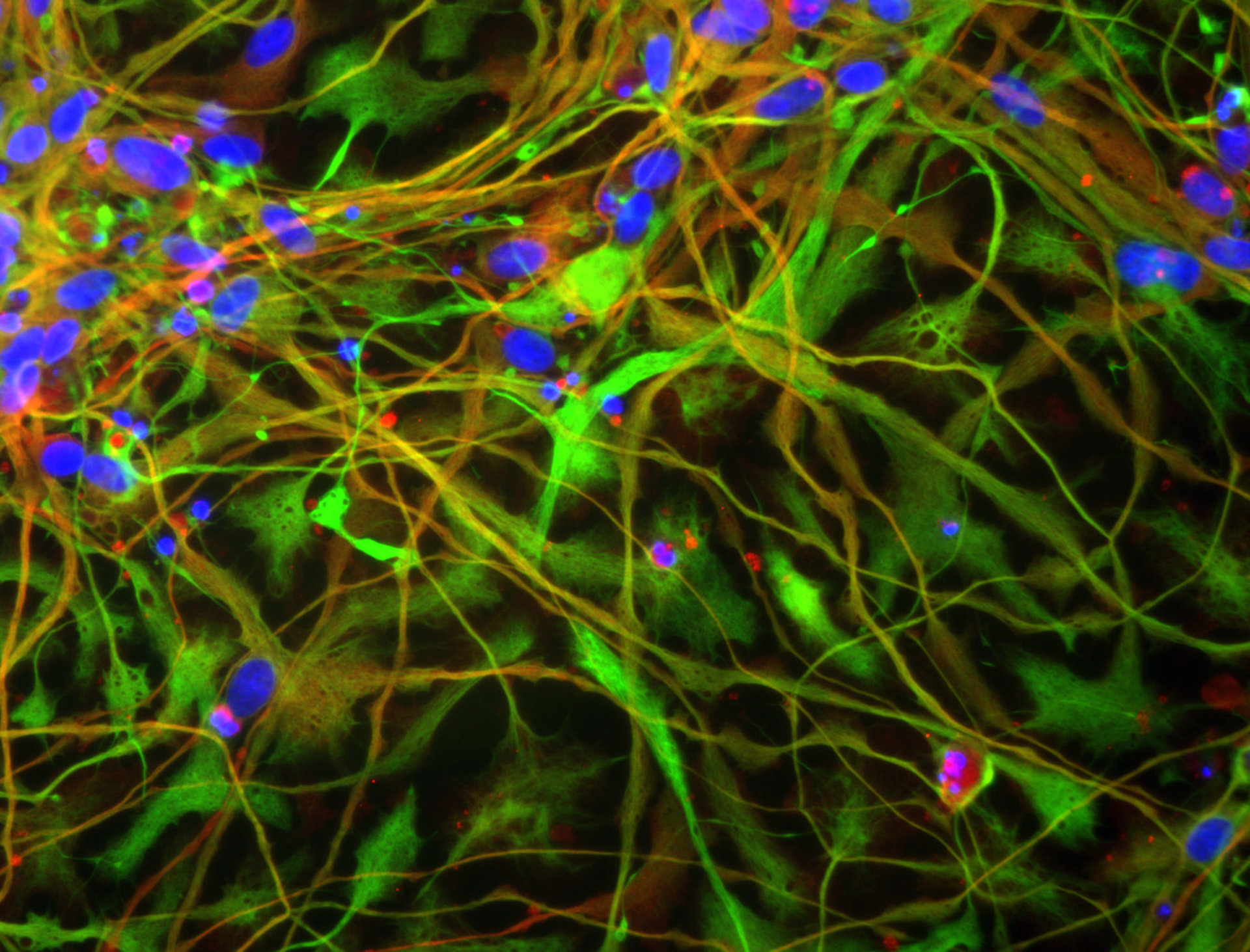 |
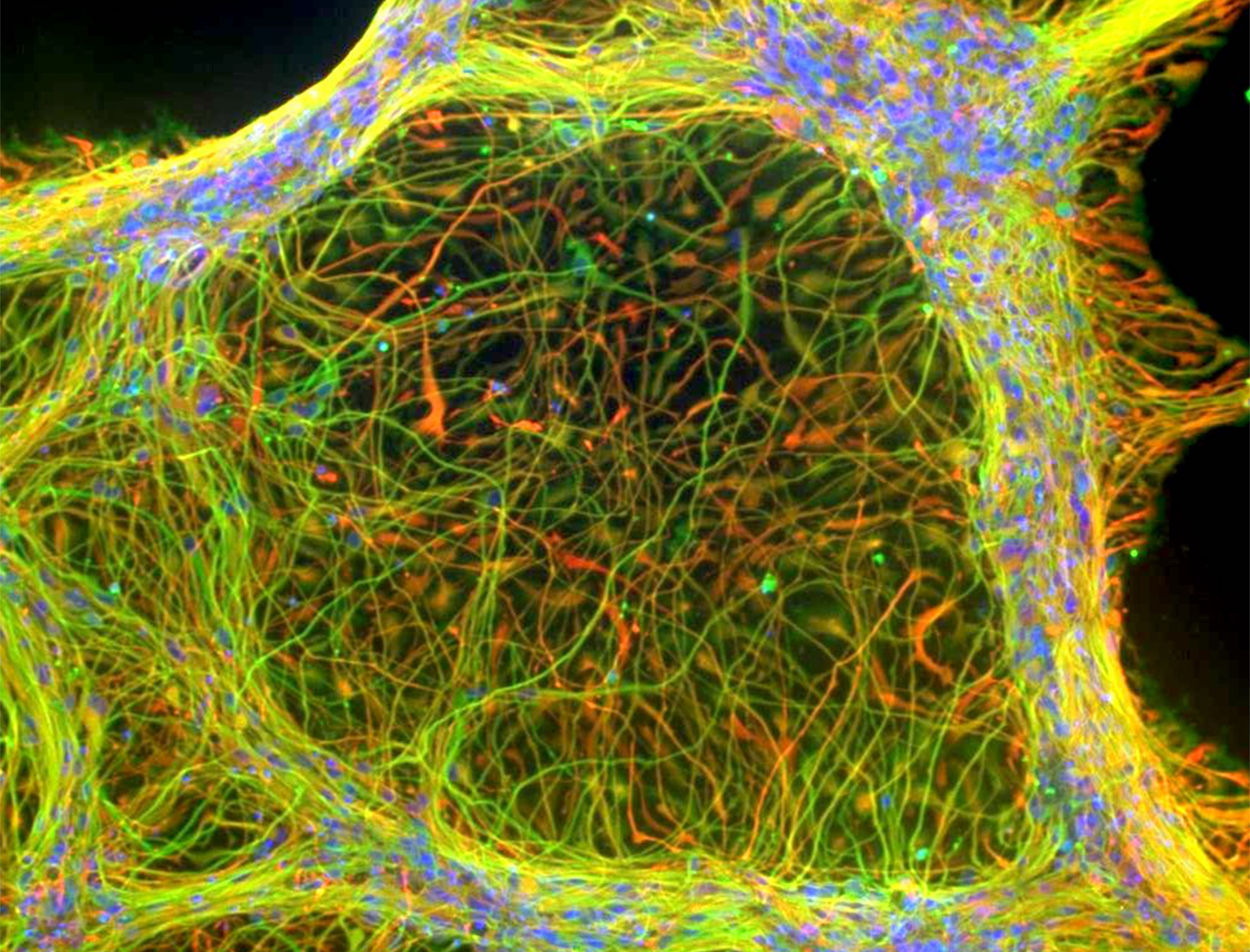 |


